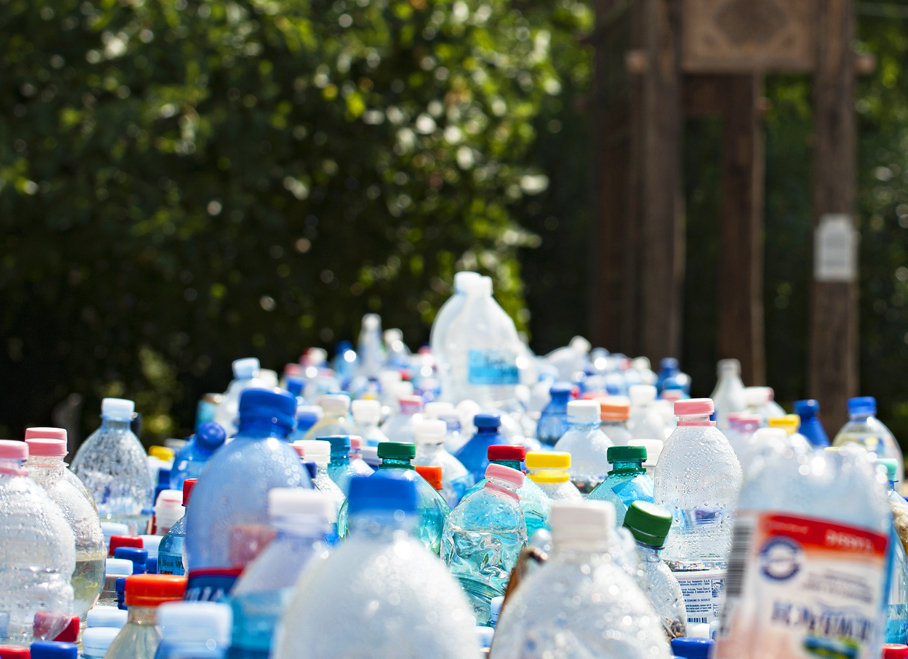Our humble planet earth houses many ecosystems, living together in a somewhat harmonious fashion. Despite differences and undesirable circumstances, when things are out of our control, we sometimes have to accept them, and use what we do have, to cope.
Without being mistaken for writing about politics, I will cut to the chase – we encounter many undesirable chemicals, toxins and inorganic compounds every day, without realising. These substances are lurking in common places like the foods we eat, the plastics we store our foods and beverages in, the paint we use to colour our houses, and in our parks. These destinations are somewhat unavoidable! For this reason, I’m thankful that the human body comes fit with a liver…so our simple responsibility is to care for it well.

Let’s look at some of the major environmental toxins.
Xenoestrogens are found in a large majority of plastic items we encounter daily. Aside from the obvious items like plastic food containers, drink bottles, toys and plastic food wrap, even items like make-up and stationery can contain high amounts of xenoestrogens. These are endocrine-disrupting chemicals that negatively influence the normal action of hormones within the body. They primarily mimic estrogen. Although we do need this hormone, the amount we need should be tightly controlled, with excess naturally excreted by the body. Excess estrogen causes all sorts of ill health issues for both men and women, and exposure to xenoestrogens has been linked to conditions including infertility, diabetes and some cancers.
Bisphenol A (BPA) – Just like xenoestrogens, you will find BPA in plastic items. Most plastic products (unless specified BPA-free) generally contain BPA, especially items like plastic drink bottles, canned foods and baby bottles. Again, like xenoestrogens, BPA interferes with normal estrogen levels in healthy individuals, as well as other sex hormones, and has been known to impact brain development and normal brain function.
“These destinations are somewhat unavoidable! For this reason, I’m thankful that the human body comes fit with a liver…so our simple responsibility is to care for it well.”
Heavy Metals include aluminium, cadmium, arsenic and mercury. These can be found in high concentrations in foods like fish and rice, and in everyday encounters including house and wall paint, cigarettes, baking products and some seaweed varieties . Heavy metals elicit most of their harmful effects on the nervous system and are associated with the development of some diseases, including Alzheimer’s.
Glyphosate – Since its creation in the 1970s, glyphosate is now the most commonly used herbicide, particularly commercially . A walk around any park, or public space will almost guarantee inoculation with glyphosate. Local councils are legally bound to display notice of where and when it has been used. Glyphosate is the active ingredient in Roundup, the trademarked name given to this herbicide that is used world-wide. It has been noted that Roundup interferes with DNA production and was even noted to cause premature cell death in human studies.

Now I’m Alarmed! What Can I Do?
No doubt reading the above list initiates your internal alarm and cause for concern! The best thing we can do, however, is stay informed, as knowledge is power. Thankfully, the thoughtful makeup of the human body includes a liver, which, when armed with the right tools, does a fantastic job of breaking down toxins and eliminating them from the system.
The liver has two phases of detoxification, both of which must be activated for optimal detoxification . Certain foods induce these two phases of detoxification and are delicious enough to enjoy every day. Without even realising it, you’re prioritising your detoxification pathways.
The Brassica family of vegetables includes cauliflower, kale, broccoli, dandelion, cabbage, brussels sprouts, etc. All of these act as powerful inducers of both phase I and phase II liver detoxification . Additionally, turmeric, green tea, ginger and foods high in protein are incredibly beneficial for supporting the body in daily detoxification.
REFERENCES
Endocrine disruption via estrogen receptors that participate in nongenomic signaling pathways
Bisphenol A is not a chemical we need in our diet!
A round robin approach to the analysis of bisphenol a (BPA) in human blood samples
Glyphosate: a once-in-a-century herbicide
Glyphosate-based herbicides are toxic and endocrine disruptors in human cell lines.
Clinical naturopathic medicine – eBook






